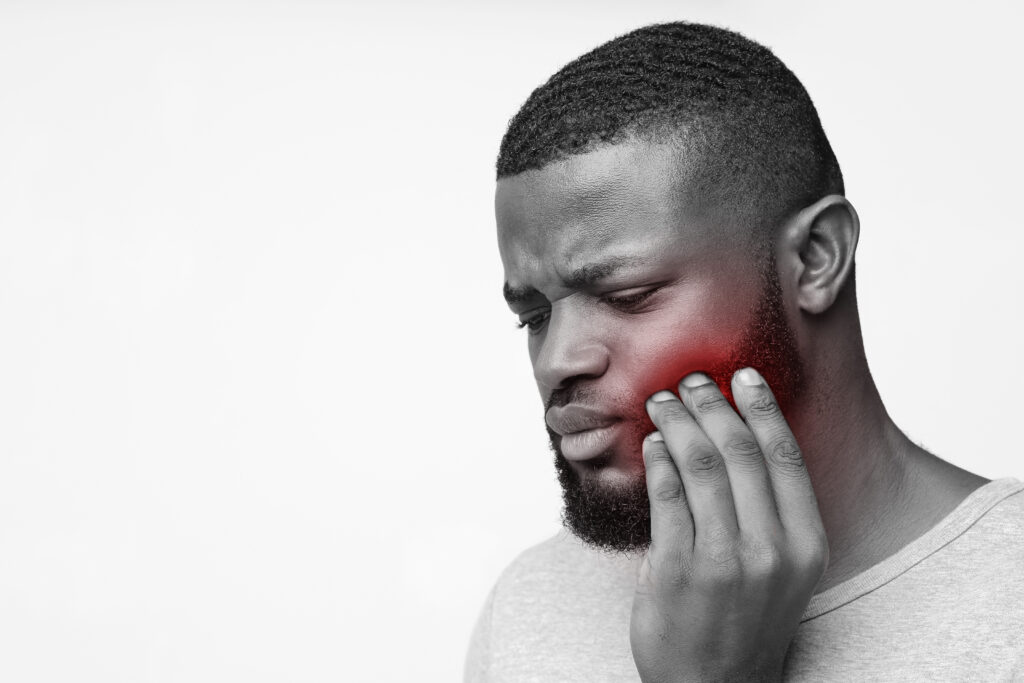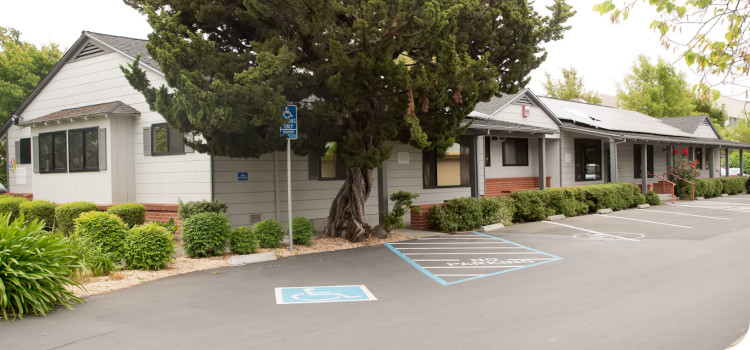 When a tooth doesn’t erupt all the way and becomes partially blocked, this is known as an impaction. Unless addressed, this could cause major complications for the health and stability of your smile, and also become a source of major discomfort. In today’s blog, your Santa Rosa, CA, oral surgeons talk about fixing an impacted tooth with extraction or bracketing.
When a tooth doesn’t erupt all the way and becomes partially blocked, this is known as an impaction. Unless addressed, this could cause major complications for the health and stability of your smile, and also become a source of major discomfort. In today’s blog, your Santa Rosa, CA, oral surgeons talk about fixing an impacted tooth with extraction or bracketing.
The Potential Causes
How does a tooth become trapped this way? If a baby tooth fails to fall out properly, this could mean the permanent tooth only partially erupts. The issue could also occur if the jaw is too small or had issues with growth and development, leaving little room. The most common cause is the arrival of the wisdom teeth. These are up to four new teeth that erupt in the rear of the mouth. They have little room, so they could become impacted and, in the process, also lead to misalignment and infection. We have two main methods of dealing with an impacted tooth. We could remove it completely, or we could use brackets to remove it into a proper position.
When We Extract the Tooth
Extraction is reserved for teeth that cannot be bracketed, or that pose a risk for your smile. If one is partially erupted and prevents the rest of the smile from being properly aligned, we may suggest removal. If these are wisdom teeth, again, we could suggest removal. The process is a simple one. We administer a numbing agent and dental sedation to ensure you enter a calm and relaxed state. Next, we carefully loosen and remove the teeth with a pair of forceps. We may need to open the gums to properly access them. Next, we suture the site closed. We will remove the sutures in the follow-up visit, and you will likely to need to take it easy for a day or two.
Bracketing Your Impacted Tooth
If the tooth can be moved to a proper position, we may work with your general dentist or orthodontics to proceed with a bracketing procedure. First, we carefully examine your smile with iCAT digital technology, which lets us see the tooth in its entirety, even what’s beneath the gums, and plan the treatment with precision and accuracy. After we administer a numbing agent and sedation, we will move surrounding gum and bone tissue to be able to reach the tooth. We then attach a bracket to it and another to a nearby natural tooth. We connect these brackets with a chin. We then adjust the tension to gradually and gently move the tooth into proper position, correcting alignment and improving oral health all at once!
Do You Have Questions About The Bracketing Process?
Don’t let your impacted tooth cause pain and poor oral health, talk to our team about a solution. To learn more about how we address issues with your smile using oral surgery, then schedule a consultation by calling Santa Rosa Oral Surgery in Santa Rosa, CA, today at 707-545-4625.


